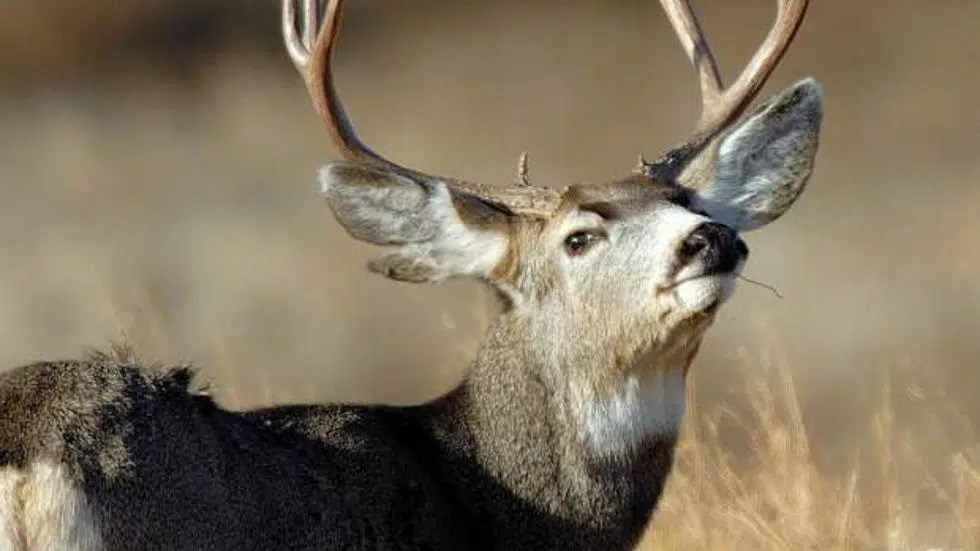
Chronic Wasting Disease becoming more prevalent in province: Ministry
With concerns growing about a deadly disease, the government of Saskatchewan has asked hunters to submit animal heads for study.
Chronic Wasting Disease (CWD) is a fatal disease which affects the nervous system of deer, elk, and in rarer cases, moose.
Katharine Mehl, the manager of the landscape and habitat assessment branch within the Ministry of Environment said the government is noticing a rise in CWD in Saskatchewan. She said in Colorado and Wyoming, where numerous CWD research studies have been conducted, empirical evidence has linked the whitetail and mule deer populations decline to the disease.
“We have a concern how [CWD] will impact our populations in the future,” Mehl said. “We need everyone’s help to monitor and know where it is… so we can find ways to reverse that and at least reduce the spread.”


